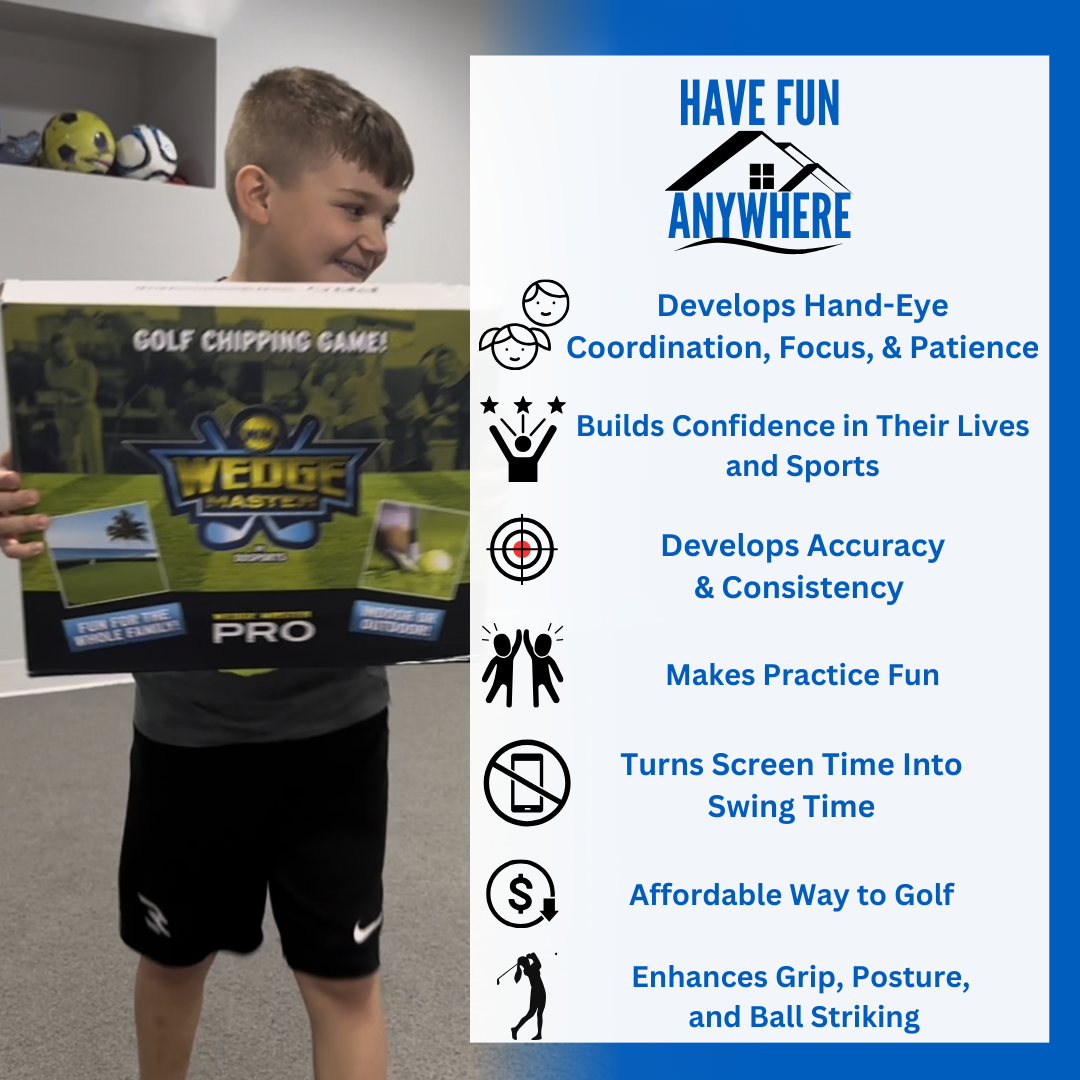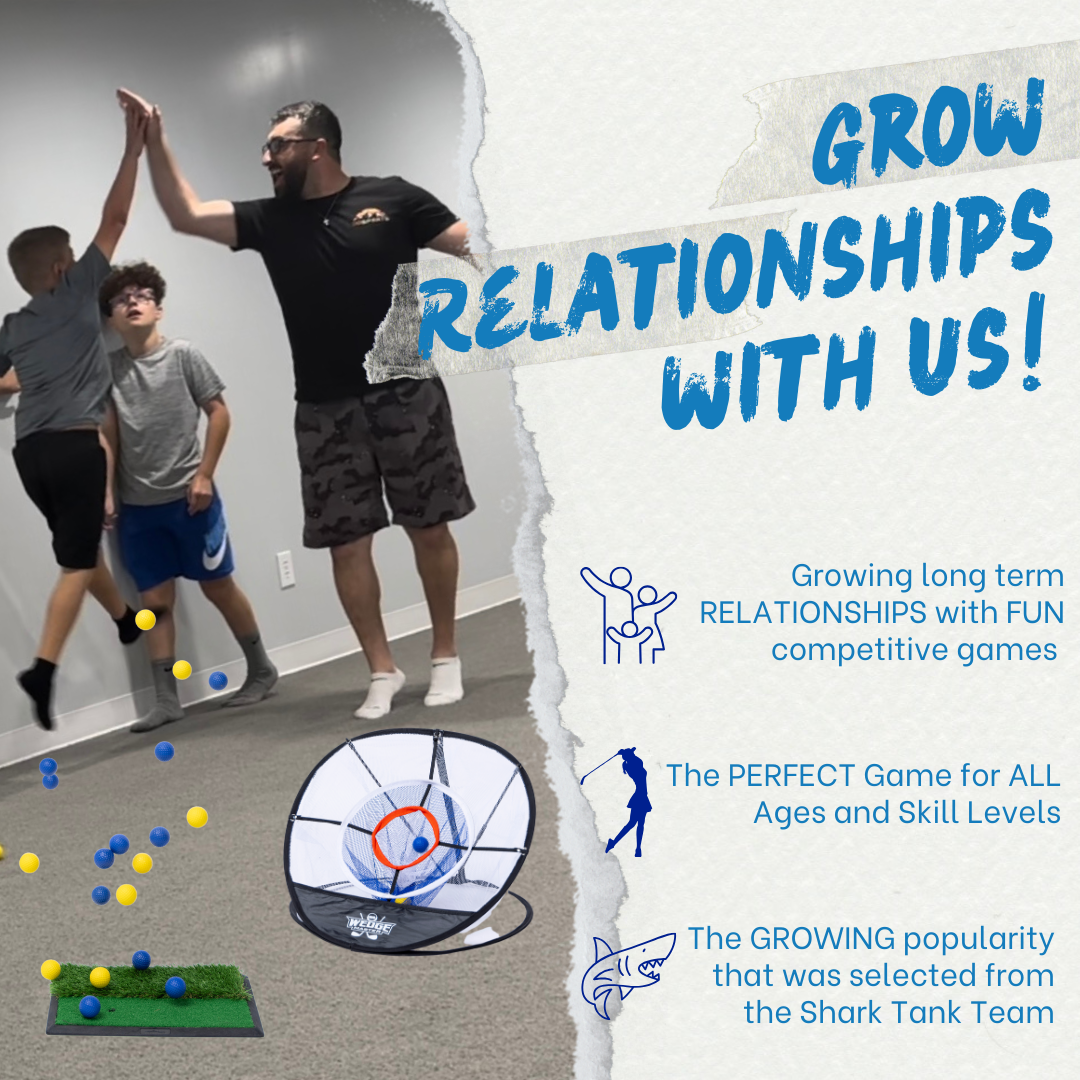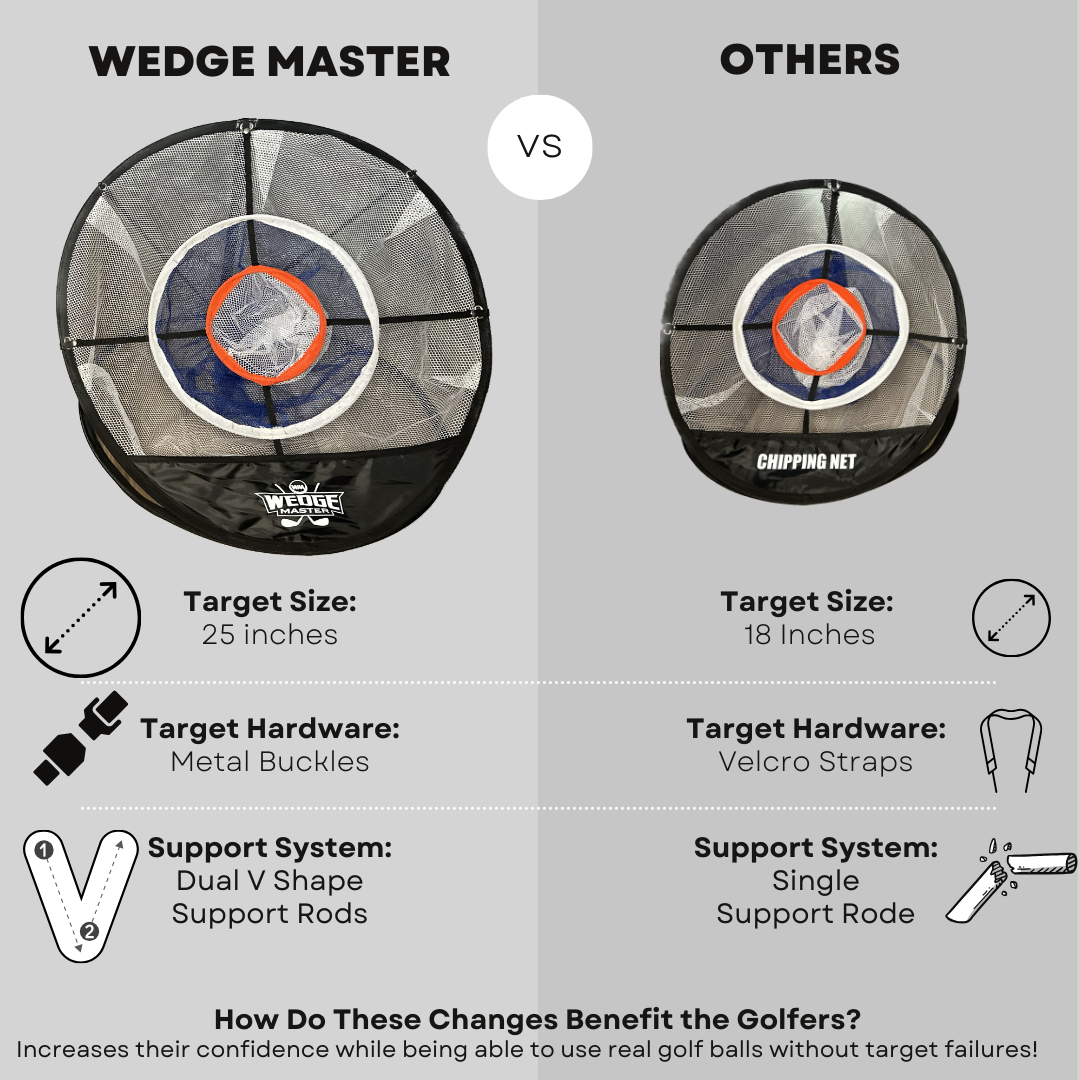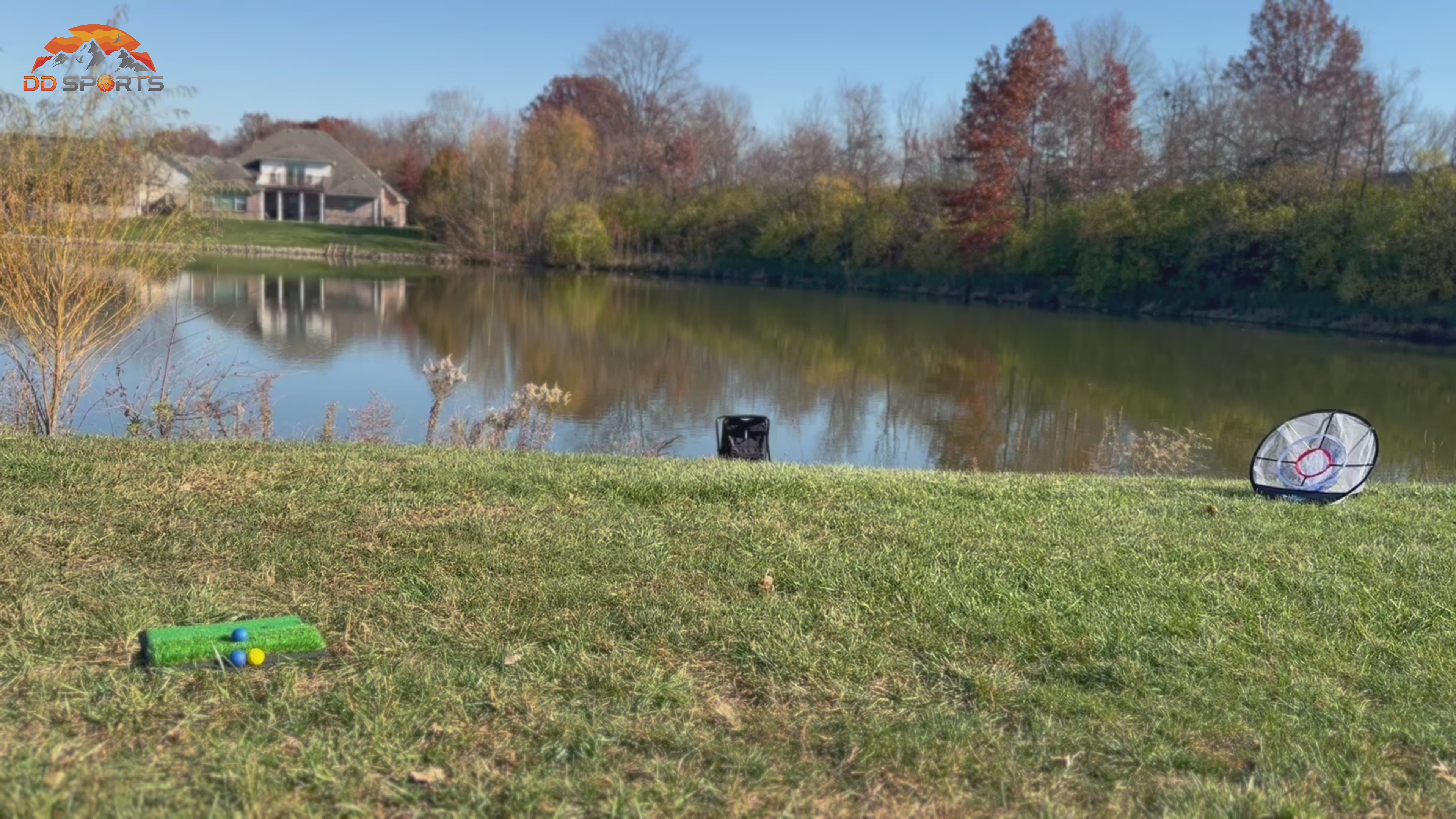
Mastering Golf Mechanics: Key Steps to Achieving Consistent Ball Contact
Introduction:
For both seasoned golfers and newcomers alike, understanding and improving golf mechanics is essential in developing a consistent and accurate swing. The art of achieving consistent ball contact is a challenge that requires a combination of technical know-how, physical skill, and mental focus. In this blog, we will discuss the key steps to improving golf mechanics that will help you elevate your game and gain the trust of potential customers looking for reliable golf instruction.
Step 1: Starting with a Proper Stance and Grip
One of the fundamental building blocks of a solid golf swing is starting with a proper stance and grip. Begin by positioning your feet shoulder-width apart and aligning them parallel to the target line. As for the grip, make sure your lead hand (for right-handed golfers, the left hand) is placed on the club's handle with the V-shaped groove formed between your thumb and index finger pointing towards your back shoulder. The trailing hand should then be placed underneath, with both hands working in unison to provide stability and control throughout the swing.
Step 2: Mastering the Backswing
To achieve consistent ball contact, it's crucial to focus on a smooth and controlled backswing. During this phase, maintain a wide takeaway by rotating your shoulders, allowing your lead arm (left arm for right-handed golfers) to create a 90-degree angle with the club. Avoid excessive tension in your wrists and keep the club head low to the ground. This sets the foundation for a powerful and accurate downswing.
Step 3: Executing a Balanced Transition and Downswing
The transition from backswing to downswing is a critical moment that can greatly impact your overall ball contact. Aim for a seamless transition by shifting your weight from your back foot to your front foot, while simultaneously initiating a controlled downswing with fluid movements. Keeping your head steady and your body balanced throughout this process will help maintain the correct swing path and clubface alignment, ultimately leading to consistent ball striking.
Step 4: Optimizing Impact Position and Follow-through
At the moment of impact, make sure to strike the ball with a square clubface and with the sweet spot of the clubface in line with the ball. This requires maintaining the correct posture, angle of attack, and release of your wrists through the impact zone. A smooth and unrestricted follow-through completes the swing, allowing for maximum power and control. Exaggerating the finish position by maintaining balance and focusing on the target can help reinforce consistent mechanics.
Step 5: Practicing Regularly and Seeking Professional Guidance
Improving golf mechanics and achieving consistent ball contact is a process that requires dedication and practice. Regularly hitting balls on the driving range and, if possible, playing rounds on the course, will enable you to refine your skills and iron out any inconsistencies. Additionally, seeking guidance from a qualified golf professional who can analyze your swing, provide personalized tips, and suggest drills tailored to your needs is highly recommended.
Conclusion:
Mastering golf mechanics and developing a consistent ball contact is the key to a successful golf game. By following the steps outlined in this blog and dedicating time to practice, golfers of all levels can enhance their skills and gain the trust of potential customers seeking reliable golf instruction. Remember, progress takes time, patience, and perseverance, but with determination, you can achieve consistent ball contact and unlock your true golfing potential.
- Real Golf Feel Turf with 2 Surfaces
- No Broken Windows with the Dozen Foam Golf balls
- Scorecard to keep kids entertained for hours
- Two nets to practice multiple distances and angles
- Carrying Cases For Travel and Easy Storing
















